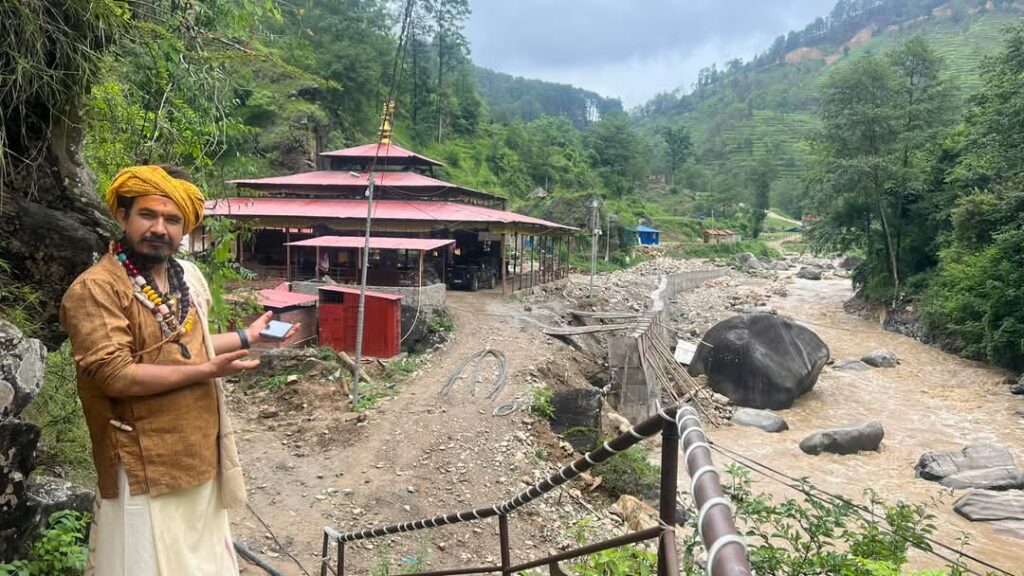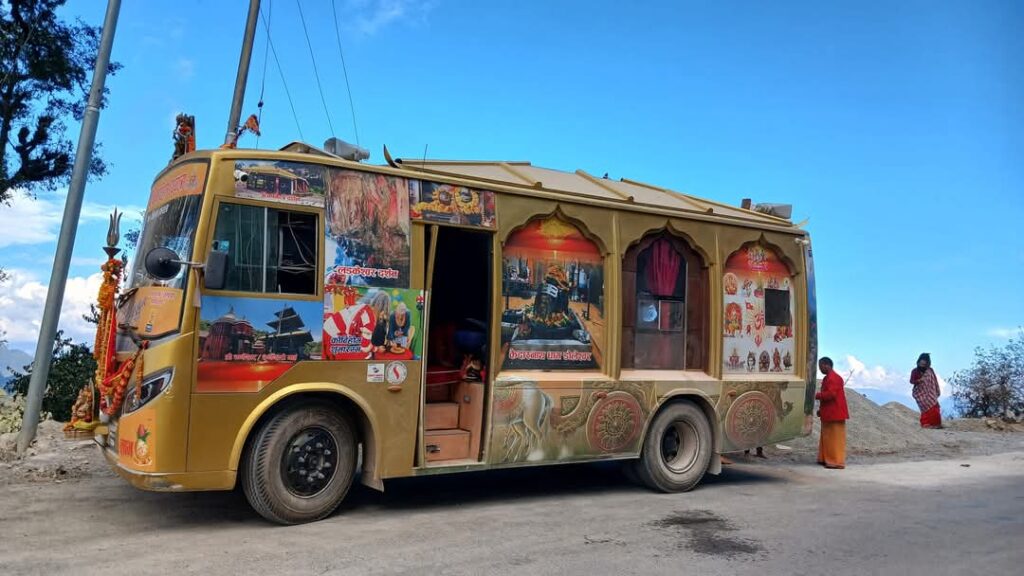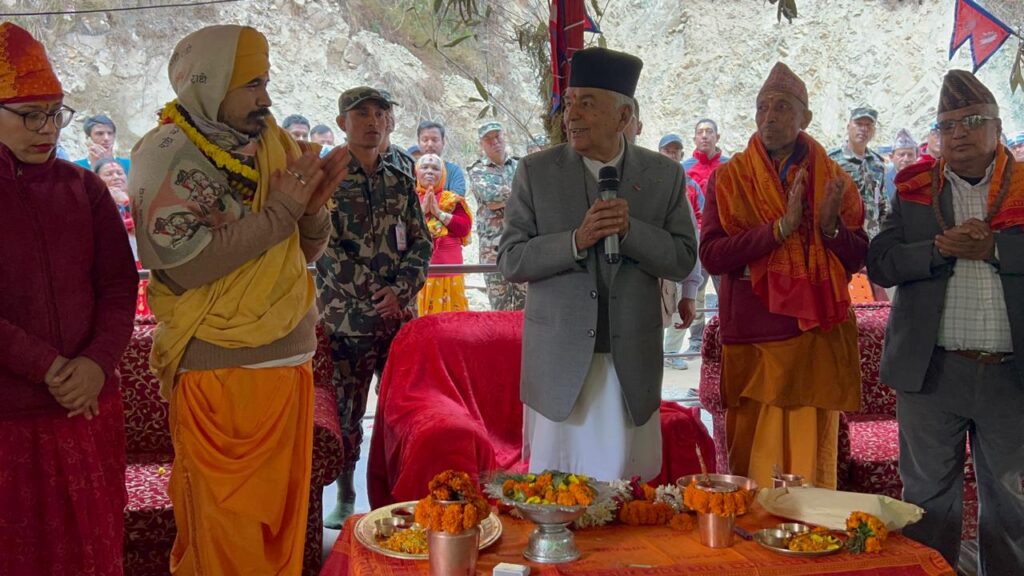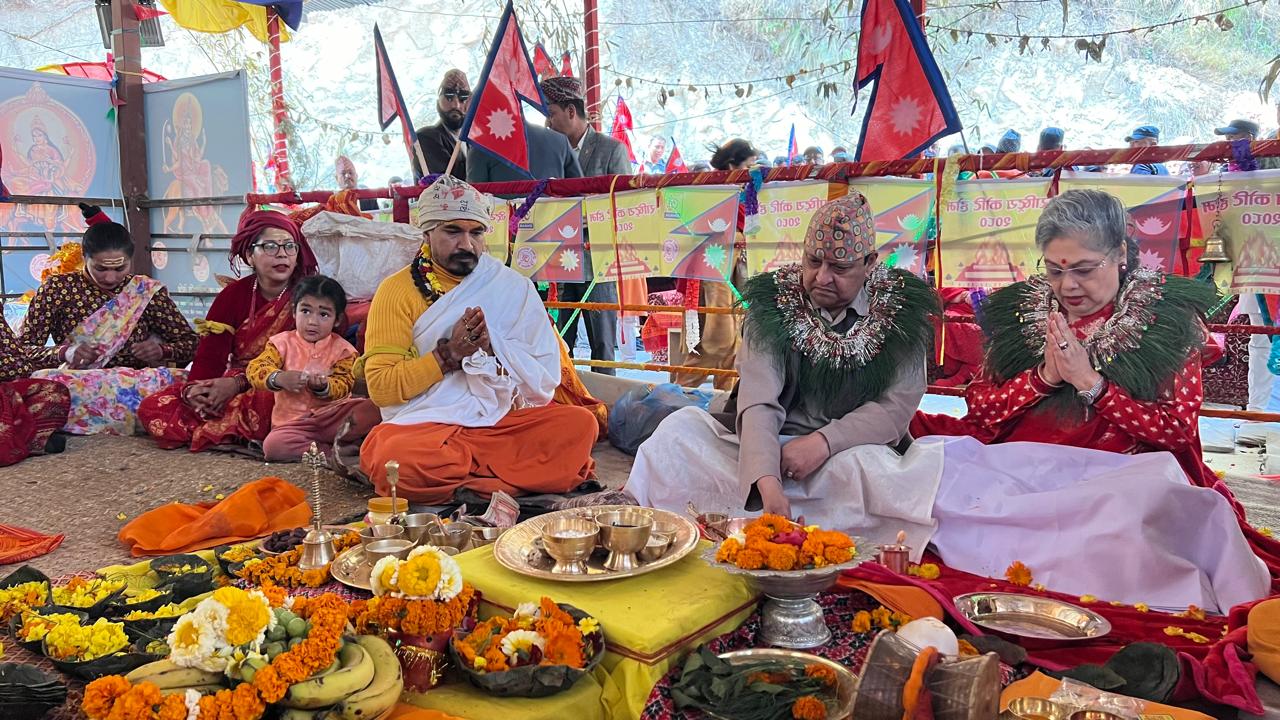Ladkeshwor Dham, a revered religious site gaining national prominence, has become a spiritual center symbolizing unity across Nepal. With deep roots in ancient Hindu scriptures, this sacred site is believed to be one of the revered Kalagni Rudra Peethas, as mentioned in the Surya Purana. In recent years, it has increasingly drawn devotees from all corners of the country, establishing itself as a major pilgrimage destination.
Ladkeshwor Dham
The transformation of Ladkeshwor Dham has been remarkable. Construction of key religious icons such as the 108-foot-tall Trishul and the 108 Shiva Dhara (sacred water spouts dedicated to Lord Shiva) began around the year 2070 B.S. However, the project faced delays and remained incomplete for several years. Despite these setbacks, local and national devotees remained hopeful for its revival. Their prayers and patience bore fruit as these structures were eventually reconstructed, bringing new life and devotion to the holy site.
In 2080 B.S., the Dham witnessed a significant turning point with the successful organization of a grand Kotihom, a massive Vedic fire ritual. What made this event even more extraordinary was the participation from all 77 districts of Nepal, making it a truly national religious gathering. The Kotihom ceremony was not only a demonstration of deep spiritual commitment but also a testament to the collective cultural consciousness of the Nepali people.

The national importance of the event was further emphasized by the presence of high-profile dignitaries, including the President of Nepal and the former King. Their attendance elevated the Kotihom from a regional religious practice to a nationally recognized spiritual celebration. It symbolized an inclusive respect for cultural heritage, bridging generations and political affiliations under a common religious umbrella.
Behind this significant spiritual movement is the tireless effort and vision of Mukunda Sharma Humagain, the main initiator of the Kotihom event and the broader revival of Ladkeshwor Dham.

Under his leadership, the Dham has not only regained its religious vibrancy but has also emerged as a center of spiritual consciousness with the potential to lead a nationwide movement. His vision emphasizes the importance of preserving and promoting religious traditions as a means of fostering national unity and cultural identity.
Today, Ladkeshwor Dham stands as more than just a temple complex. It represents the revival of Nepal’s spiritual identity at a time when many traditional values are at risk of being forgotten. The reconstructed Trishul and Shiva Dhara, now towering with grandeur, are not merely architectural marvels but also symbols of enduring faith and resilience. They reflect a community’s dedication to honor and preserve its sacred heritage.

The Kotihom, now etched in the spiritual memory of the nation, is expected to have long-lasting impacts. It has set a precedent for organizing inclusive and large-scale religious events that promote unity across castes, regions, and ideologies. The organizers are hopeful that such events will be replicated in the future, sparking a renaissance of spiritual awareness throughout the country.
In a time when modernization often comes at the cost of cultural erosion, Ladkeshwor Dham offers a powerful counter-narrative. It exemplifies how faith, when nurtured collectively, can rebuild communities, preserve traditions, and foster national harmony. The resurgence of this holy site is more than a tale of reconstruction it is a story of cultural resurgence and the reaffirmation of shared values.
With Ladkeshwor Dham continuing to inspire thousands of pilgrims and spiritual seekers, its role in shaping the religious landscape of Nepal is poised to grow. It is expected to become not only a center for worship but also a symbol of how spirituality can unify a diverse nation.






